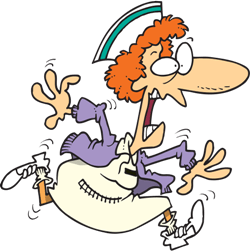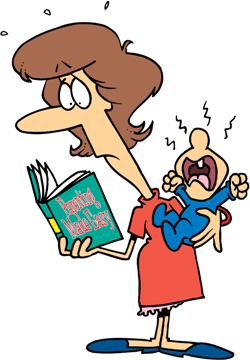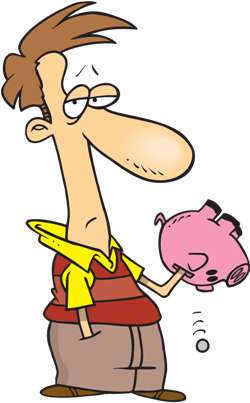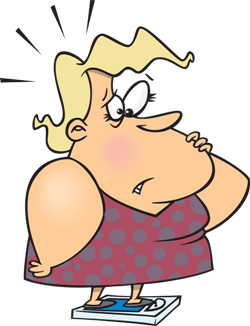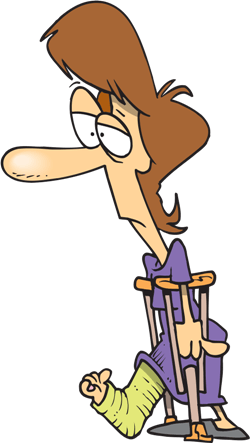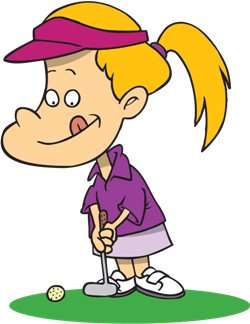English Helping Verbs Course
Lesson 13

Table of contents
The online lesson with illustrationsDownload lesson's summary, worksheet and answer sheet
Online Lesson 13
In the previous lessons, we went over
the verb HAVE and its
basic meanings.
In this lesson, we will start going over the verb HAVE as a helping verb.
The verb HAVE
Quick note:
In the simple present tense the verb HAVE has these two forms:
- I, you, we, they => have
- She, he, it => has
We will use these forms in our examples and exercises.
The verb HAVE as a helping verb:
1. Completion
The helping verb HAVE is used with another verb (a verb in the third form) to show that an action or state is complete (finished).
But before we go any further, let's see what
the third form of the verb is.
The forms
of a verb
Every verb in the English language has three forms:
|
First form (also called Verb 1 or V1), for example eat. This is the base form of the verb. For example, "I want to eat an
apple." |
|
Second form (also called Verb 2 or V2), for example ate. This is the past form of the verb. For example, "They ate lunch an
hour ago." |
|
Third form (also called Verb 3 or V3), for example, eaten. This is the form of the verb we use to show that an action is complete (finished). For example, "I have eaten
already, so I am not hungry." |
Here are
some more examples:
|
V1 |
V2 |
V3 |
| call | called | called |
| watch | watched | watched |
| waste | wasted | wasted |
| gain | gained | gained |
| break | broke | broken |
| grow | grew | grown |
| see | saw | seen |
| lose | lost | lost |
| win | won | won |
| meet | met | met |
| find | found | found |
| buy | bought | bought |
| bring | brought | brought |
| become | became | become |
| read | read | read |
Now, let's go back to HAVE as a helping verb.
The helping verb HAVE is used with another verb (a verb in the third form) to show that an action is complete (finished).
It can mean that the action happened at an unspecified time before the present:
|
Yes, I have watched that movie. |
|
Or that the action ended recently:
|
She has won the match. |
|
Here is how we do it:
Subject + have + V3 + the rest of the
sentence
Example:
I have seen
this boy before.


Here
are some more examples:
|
Daisy has bought some ice-cream. |
|
|
Elizabeth has
just seen
a monster! |
|
|
|
|
|
So far, you have lost a lot of weight. |
|
|
I have never read this book. |
|
|
Benjamin has wasted
all his money. |
|
|
I have gained
so much weight! |
|
|
Jenifer has broken
her leg. |
|
|
Kelly has become
a very good golf player. |
|
Now you may ask:
What is the difference between the second and third form of the verb?
Why do we need a past form of the verb AND a complete (finished) form of the verb?
In other words, if something happened in the past, it must be complete! Why do we need two separate verb forms then?
Answer:
We
use the past
form when
we simply want to say that something happened in the past.
We
use the complete
(finished) form when
we want to emphasize
the result of
a past action.
Examples:
- "Lisa broke her
leg yesterday, so we took her to the
hospital."
In this sentence, I simply want to tell you what happened in the past.
- "Lisa has broken her leg, and now she can't participate in the game."
In this sentence, I want to emphasize the result: now Lisa's leg is broken.
For more information on this topic visit:
Simple Past or Present Perfect?
You
can also sign up for the English
Verb Tenses Made Simple Course to gain further understanding
on the subject
and practice all twelve English tenses.
English Helping Verbs
Course,
lesson 13 download
Download instructions for lesson 13 of the English
Helping Verbs Course:
Right-click the link, and select "Save As" to download.
Inside you will find lesson's summary, worksheet and answer sheet.


